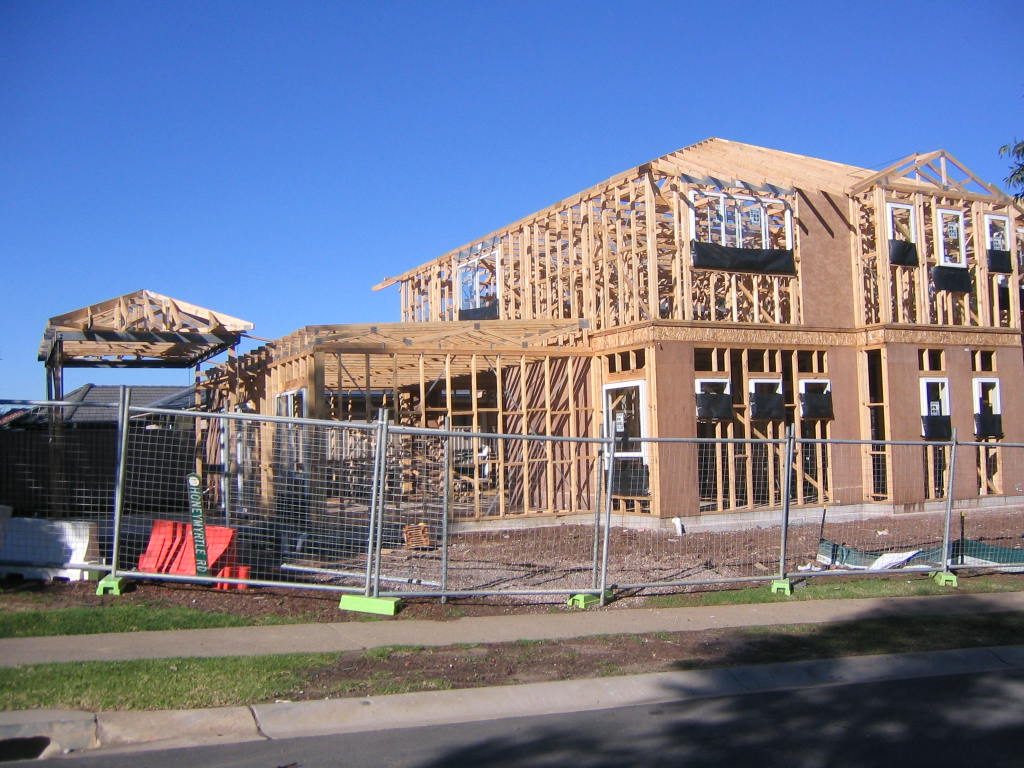This article is from the Australian Property Journal archive
AUSTRALIA is building the world’s biggest houses and the trend is only rising upwards as COVID-19 putting more demands on our living spaces.
According to the latest CommSec Home Size Report new Australian houses are being built bigger while homes in the US are shrinking for the fourth year in a row.
The average newly built Australian home in 2019/20 was 235.8sqm, up 2.9% from the year before, which is the biggest recorded increase in 11 years. Meanwhile US houses were down 3% to 233.1sqm.
Apartments in Australia have also grown by 6% over the year, at 136.8sqm, the largest reported for a decade. Combined houses and apartments built in 2019/20 were 195.8 square metres, a rise of 3% and a six-year high.
ACT is building the largest houses, with NSW growing by 6%, though still 6% smaller than those built in Victoria.
In ACT the average floor area of a house built was 256.3sqm, in Victoria 250.3sqm, NSW 235sqm and WA, 232.5sqm. Tasmania is building the smallest houses at 179sqm.
The biggest “other dwellings”, such as townhouses and apartments, are being built in Victoria at 155sqm and WA at 150.5sqm. South Australia and the Northern Territory follow this with 149.8sqm and 145.3sqm respectively.
While the smallest were found in NSW at 121.3sqm and again Tasmania with 132.5sqm.
The combined larges average floorspace was in WA at 218.5sqm and Victoria at 217sqm.
“Before last year, Aussie home buyers had been building progressively smaller houses on average. Aussies had embraced apartments as well as smaller houses on smaller lot sizes. In fact, the size of the average house built last year (2018/19) was the smallest in 17 years,” said Craig James, chief economist at CommSec.
“Government-imposed lockdowns in response to the COVID-19 virus have prompted more Aussies to re-assess their housing needs. With more time spent at home for both leisure and work, some Aussies are looking for bigger homes. Others are coming to the belief that the layout of their home needs changing,” said James.
This preference for bigger homes is reported to have huge implications for home builders, trades, building materials, homeware stores, electrical stores and housing fit-out businesses.
“It is also clear that a raft of government agencies and businesses, especially those that are reliant upon or housing-focussed, will need to be agile in monitoring the new housing trends,” said James.




